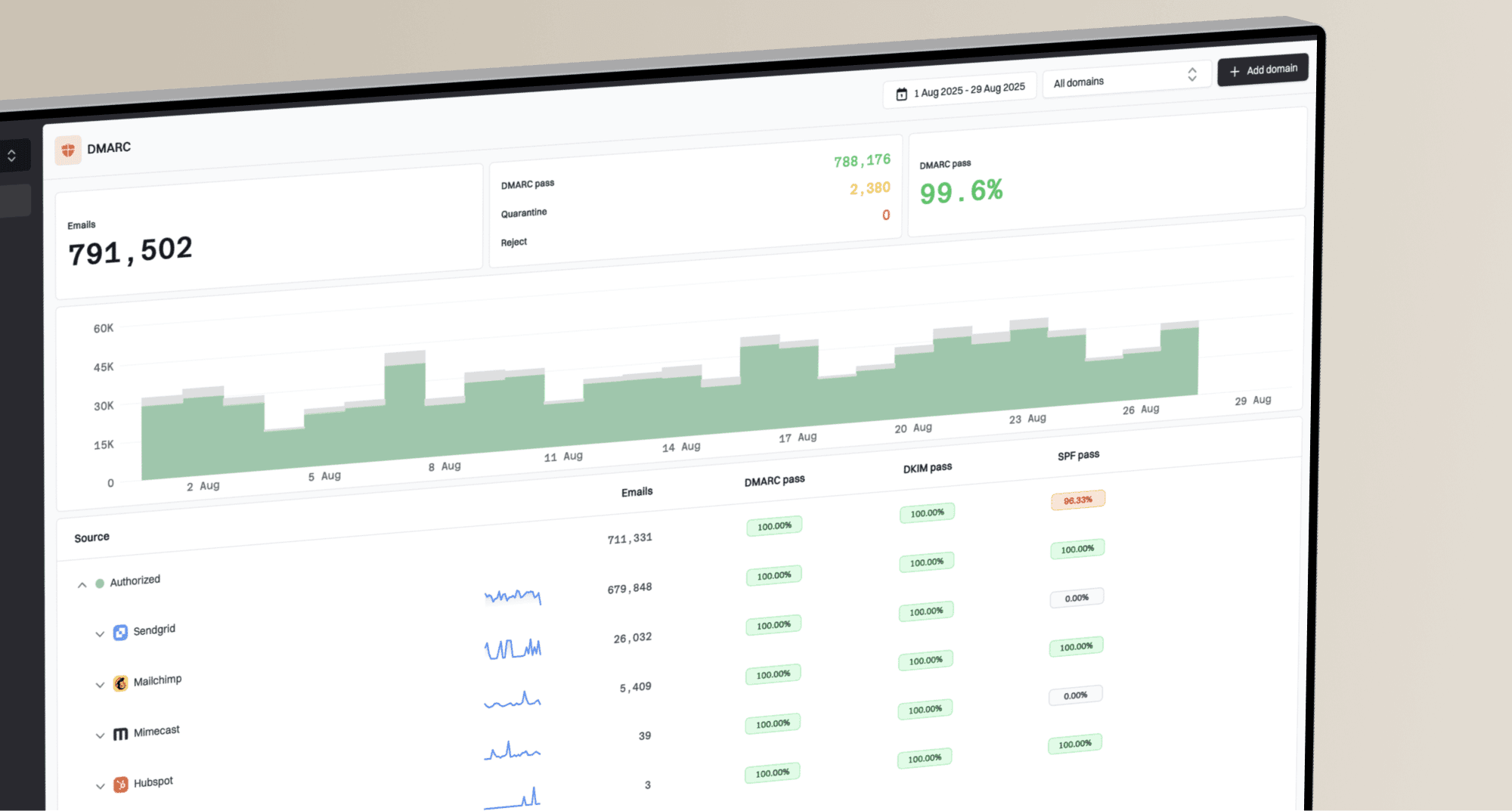Why are Yahoo FBL complaint dates showing weeks before notification dates in Amazon SES?

Matthew Whittaker
Co-founder & CTO, Suped
Published 23 May 2025
Updated 5 Nov 2025
7 min read

 Yahoo, is essential for maintaining strong email deliverability and protecting your sender reputation. Let's delve into the mechanics behind this phenomenon and how to interpret such data.
Yahoo, is essential for maintaining strong email deliverability and protecting your sender reputation. Let's delve into the mechanics behind this phenomenon and how to interpret such data. Amazon SNS (Simple Notification Service) or email. These notifications typically include key details like the complaint type, the date of the complaint, and the email address that complained. However, with Yahoo FBLs specifically, the 'Complaint Date' and 'Notification Date' can diverge significantly, leading to confusion.
Amazon SNS (Simple Notification Service) or email. These notifications typically include key details like the complaint type, the date of the complaint, and the email address that complained. However, with Yahoo FBLs specifically, the 'Complaint Date' and 'Notification Date' can diverge significantly, leading to confusion.
|
|
|
|---|---|---|
2021-10-17 20:27:09 | 2021-10-19 01:50:17 | ~1.2 |
2021-09-23 15:11:59 | 2021-10-18 05:02:10 | ~24.6 |
2021-09-30 00:03:25 | 2021-10-18 05:01:12 | ~18.2 |
2021-10-17 17:27:17 | 2021-10-18 04:59:50 | ~0.5 |
 Amazon SES complaint notifications is key. The 'Complaint Date' provided by SES in the FBL report originates from the mailbox provider (Yahoo) and indicates when the user themselves registered the complaint. This date can indeed be several days or even weeks in the past.
Amazon SES complaint notifications is key. The 'Complaint Date' provided by SES in the FBL report originates from the mailbox provider (Yahoo) and indicates when the user themselves registered the complaint. This date can indeed be several days or even weeks in the past.{ "notificationType": "Complaint", "mail": { "timestamp": "2021-09-23T15:11:59.000Z", "source": "sender@example.com", "messageId": "EXAMPLEID-1234", "destination": [ "recipient@yahoo.com" ], "headersTruncated": false, "headers": [...], "commonHeaders": { "from": [ "sender@example.com" ], "date": "Thu, 23 Sep 2021 15:11:59 +0000", "to": [ "recipient@yahoo.com" ], "messageId": "EXAMPLEID-1234", "subject": "Your Newsletter" } }, "complaint": { "userAgent": "Mozilla/5.0 (Windows NT 10.0; Win64; x64) AppleWebKit/537.36 (KHTML, like Gecko) Chrome/94.0.4606.61 Safari/537.36", "complainedRecipients": [ { "emailAddress": "recipient@yahoo.com" } ], "complaintFeedbackType": "abuse", "timestamp": "2021-10-18T05:02:10.000Z" // This is the Notification Date in SES } }
 Yahoo mailbox. This timestamp is generated by the mailbox provider's internal system.
Yahoo mailbox. This timestamp is generated by the mailbox provider's internal system. Amazon SES processed the aggregated FBL data received from Yahoo and sent the complaint notification to your account.
Amazon SES processed the aggregated FBL data received from Yahoo and sent the complaint notification to your account. Amazon SES informs you, enabling you to remove the recipient from your mailing list, which is crucial for maintaining a healthy sender reputation and avoiding getting blocklisted (or blacklisted).
Amazon SES informs you, enabling you to remove the recipient from your mailing list, which is crucial for maintaining a healthy sender reputation and avoiding getting blocklisted (or blacklisted). Yahoo (and AOL), focus on the 'Notification Date' for identifying trends and triggering automated suppression. For historical analysis or deeper dives into specific complaint patterns, you can consider the 'Complaint Date' but always with the understanding that it reflects the recipient's action, not necessarily when the data became available to you. Remember, managing bulk sender requirements means adapting to these data nuances.
Yahoo (and AOL), focus on the 'Notification Date' for identifying trends and triggering automated suppression. For historical analysis or deeper dives into specific complaint patterns, you can consider the 'Complaint Date' but always with the understanding that it reflects the recipient's action, not necessarily when the data became available to you. Remember, managing bulk sender requirements means adapting to these data nuances. Amazon SES to automatically suppress complainers upon notification to protect your sender reputation immediately. This is fundamental for boosting email deliverability rates.
Amazon SES to automatically suppress complainers upon notification to protect your sender reputation immediately. This is fundamental for boosting email deliverability rates.